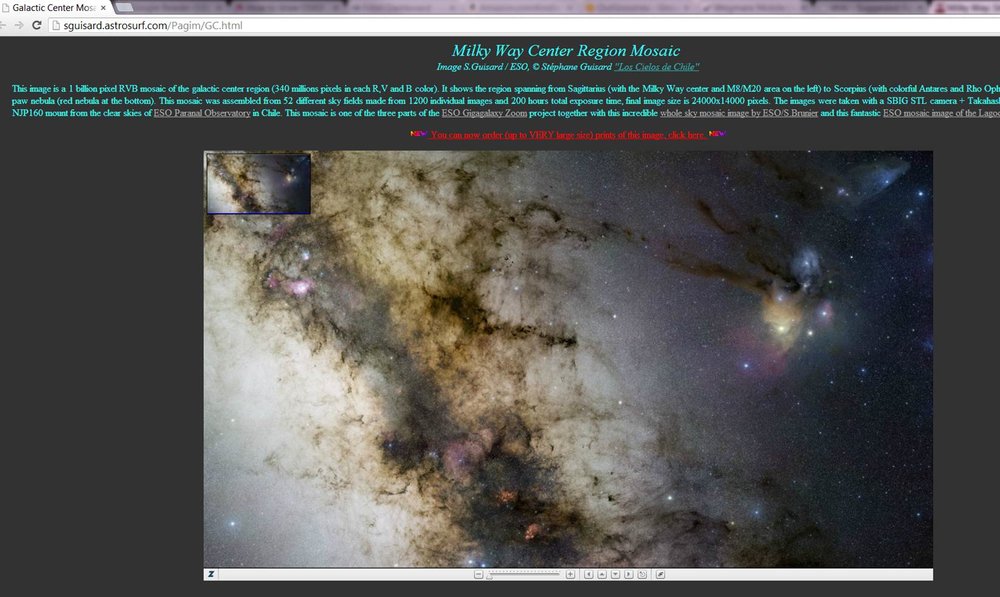The Room that is my Own
/One of the assignments for the Aboriginal World Views and Education course I am taking on Coursera was to write about a meaningful place. I am posting what I wrote for the class below (after subitting it to the course's forum).
~~~~~
The room that is my own is my most meaningful place. It is a place where favorite things collected over many years are enjoyed: Georgia O’Keeffe posters on the walls, a vase of 30 year old peacock feathers from my grandmother, some macramé wall hangings from my sister, windchimes from my mother-in-law, a dream catcher from my daughter, small keepsakes in the pockets of the window sheers (mismatched earrings, a cloisonné belt buckle, a tarnished metal rose from my mother, dried maple leaves, bookmarks). The large window reveals an edge of rooftop with a gutter where birds like doves and house finches come to get water and nesting material. Further way, there are maple and tulip poplars that are the edge of the forest. In the summer it is a wall of fluttering green. The winter a flock of blue jays visits almost every day. Sometimes I see deer. Last summer there was a doe with two fawns that visited regularly.
 My computer is in this room - the window to the broader world. One of the two screens is usually running a slide show of collected images that I particularly like. I have a Swopper chair in front of the computer and bounce while I am thinking or reading. On a table to one side I have materials for doodling.
My computer is in this room - the window to the broader world. One of the two screens is usually running a slide show of collected images that I particularly like. I have a Swopper chair in front of the computer and bounce while I am thinking or reading. On a table to one side I have materials for doodling.
The meaning comes from the richness of perspective the room provides….my history through the items collected there…the outdoors through the window…the access to information out in the world via the internet…the creation of new things first through thought and then writing (journaling or this blog) or doodling. The integration of sedentary pursuits with some level of activity (the Swopper chair) over the past few years has been a positive experience from both a mental and physical perspective. It has been evolving for the past 20 years….fitting to what is happening in my life at the time. This place is one where I am alone but not too alone since it is ‘the room that is my own’ in my family home.



































